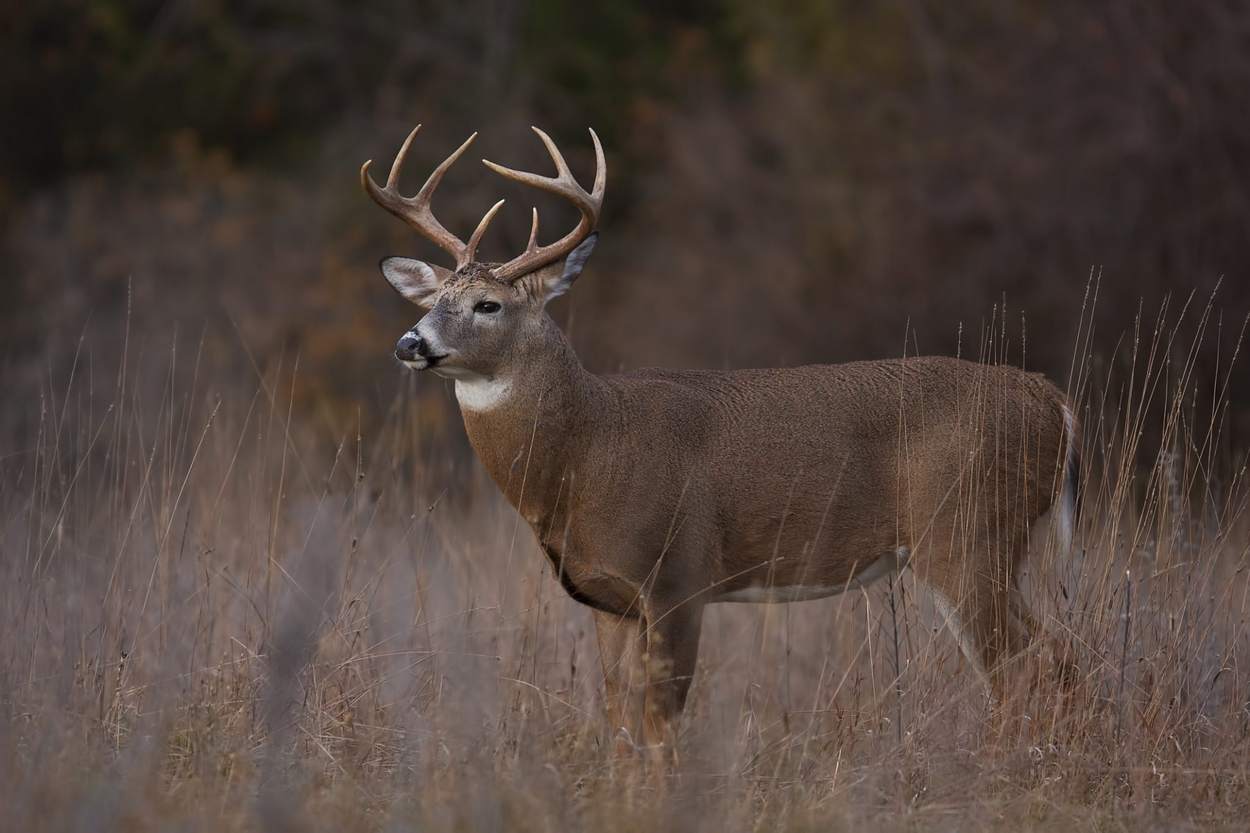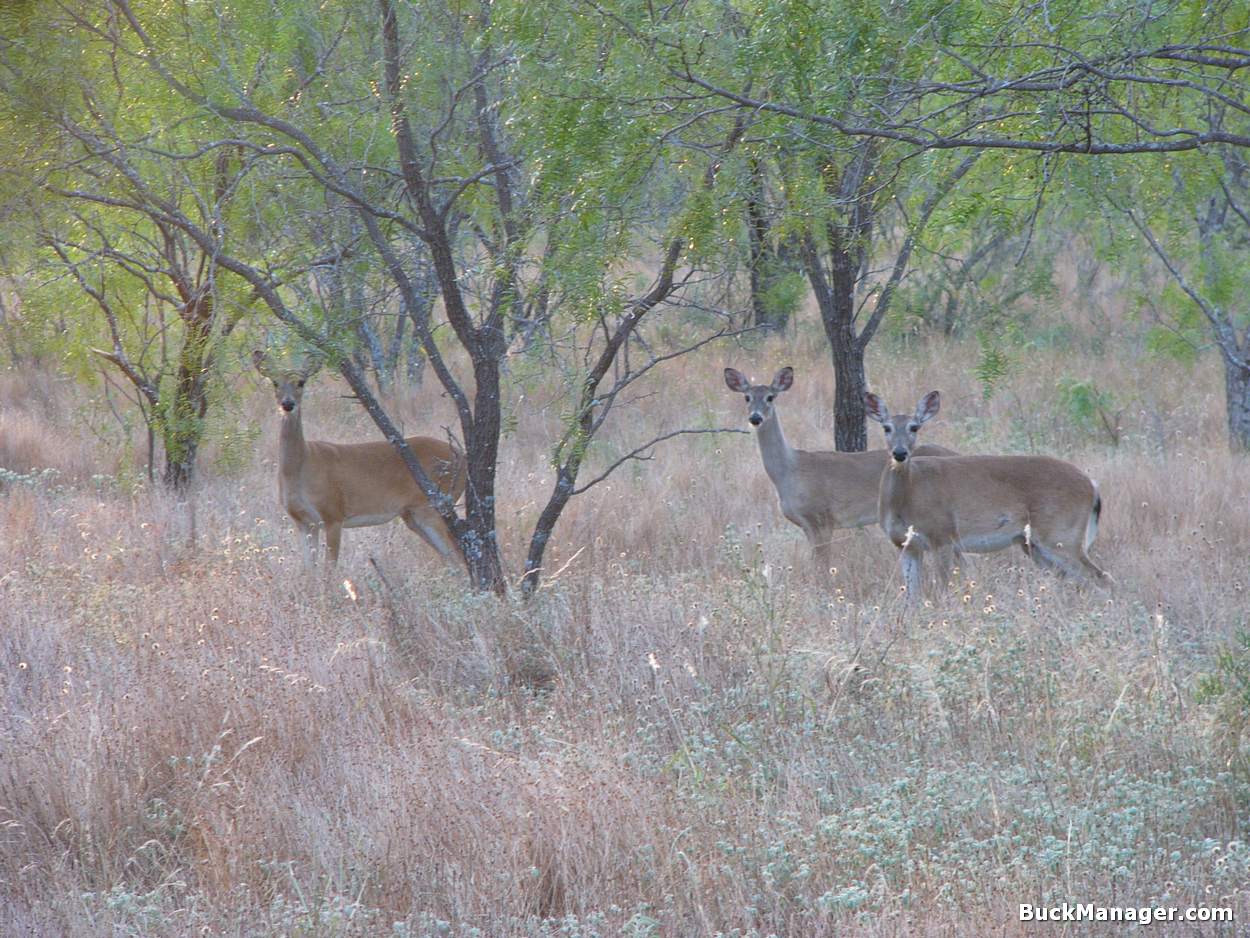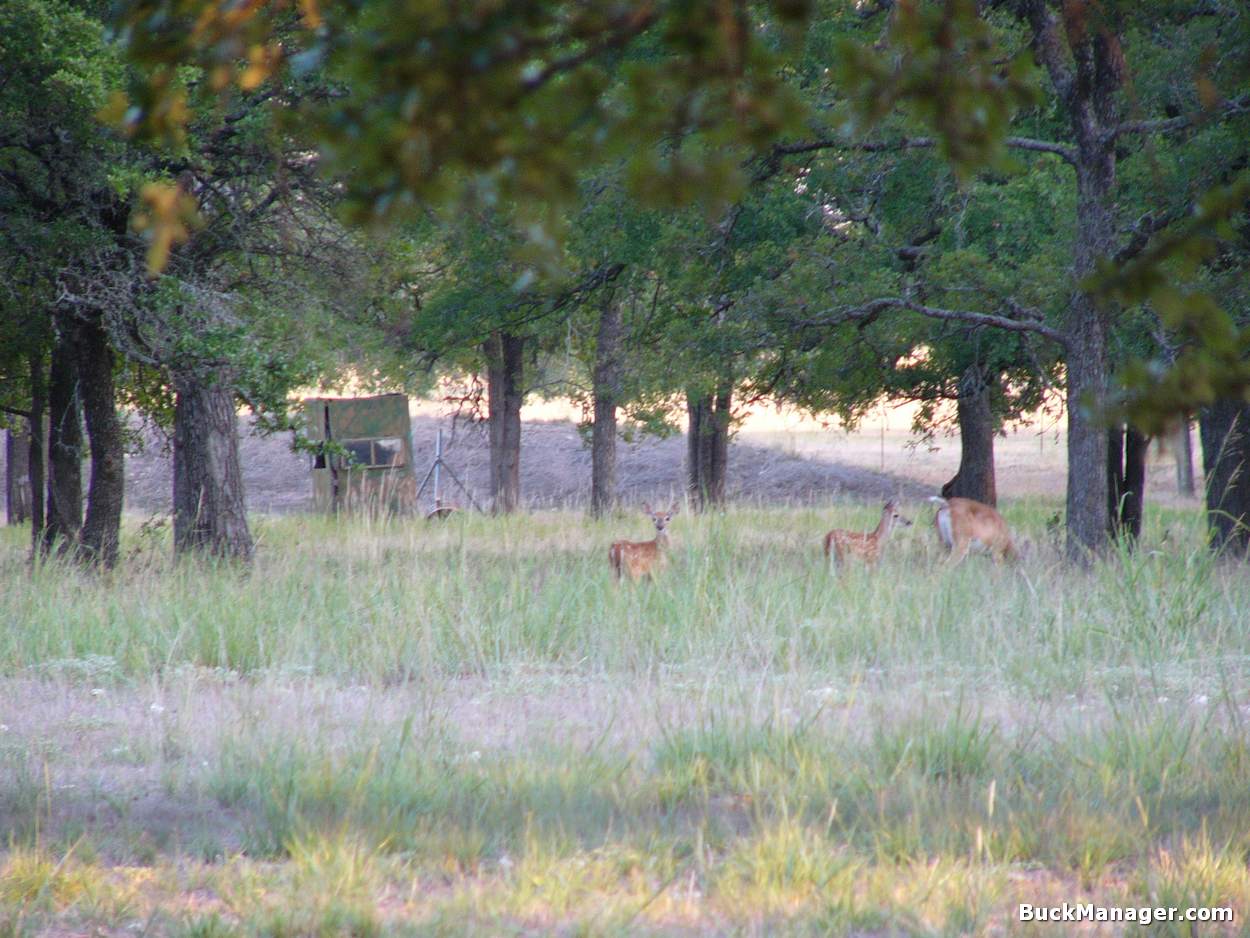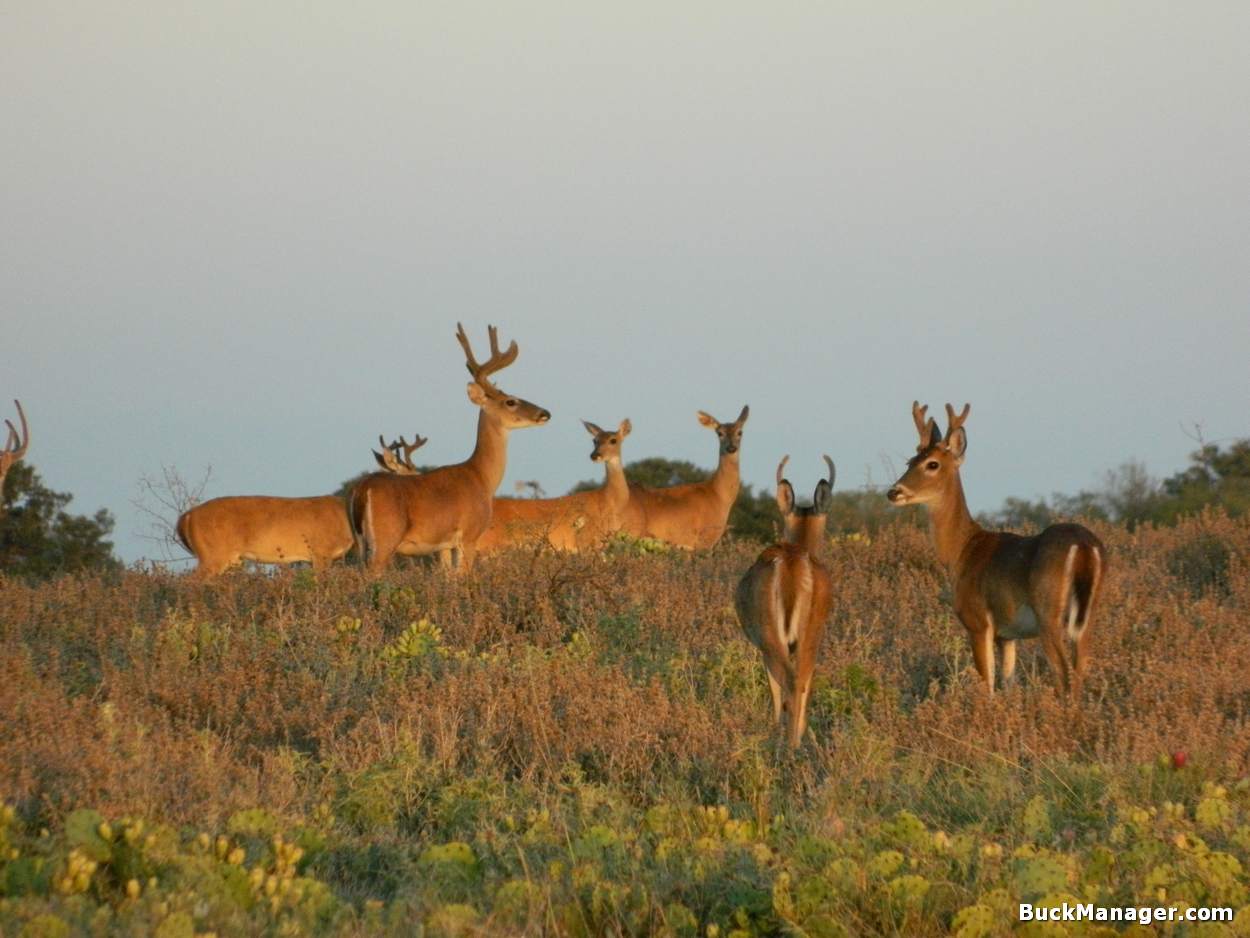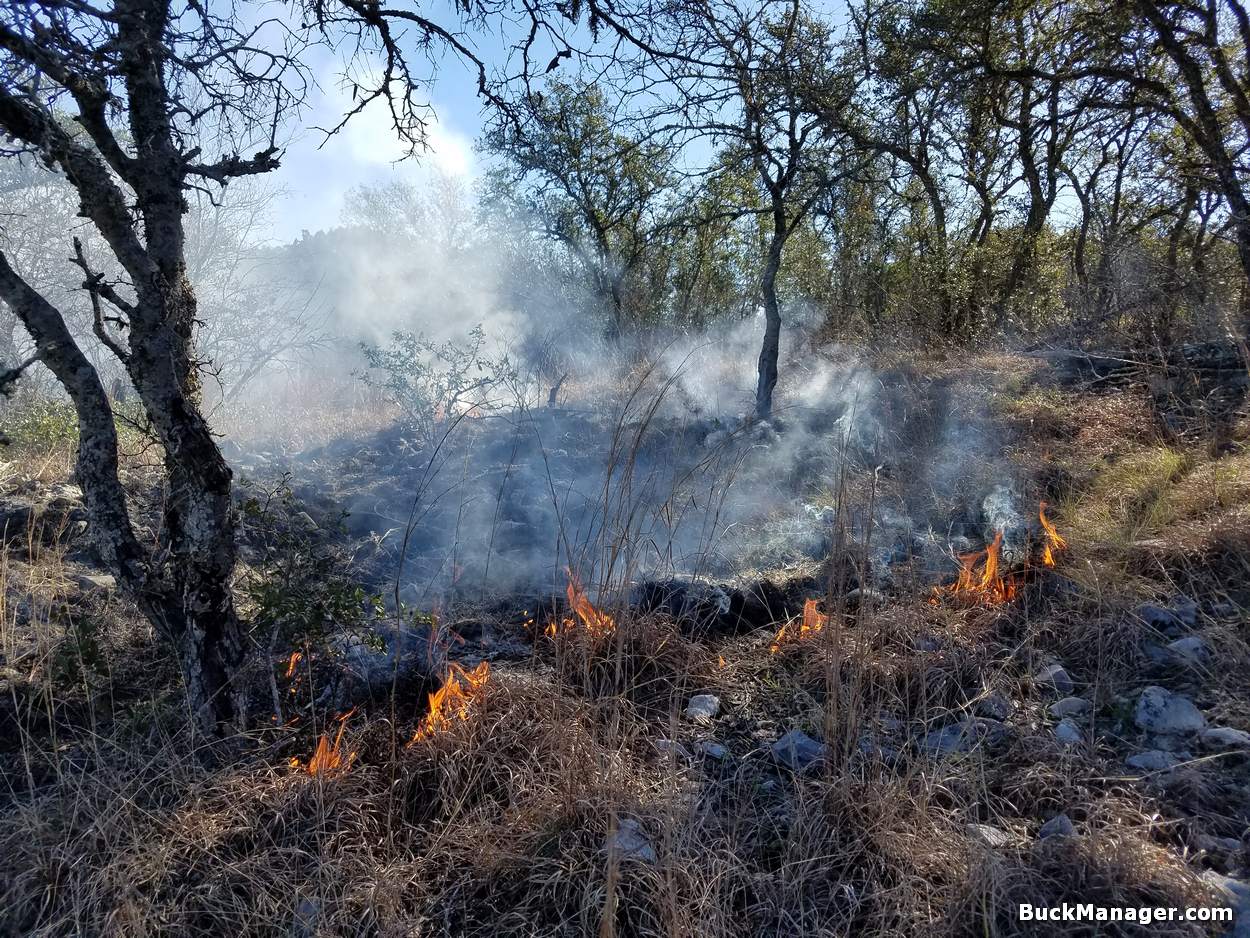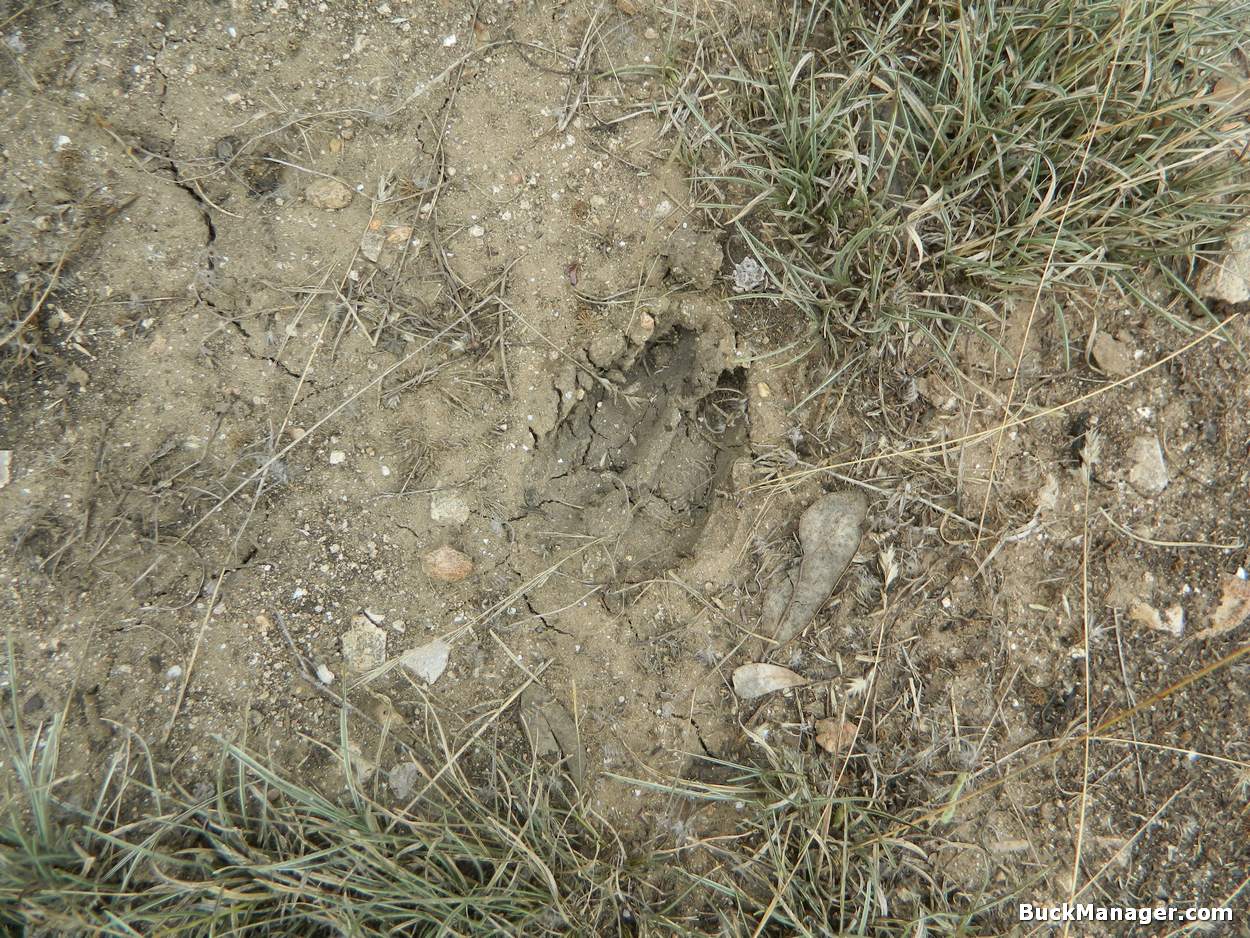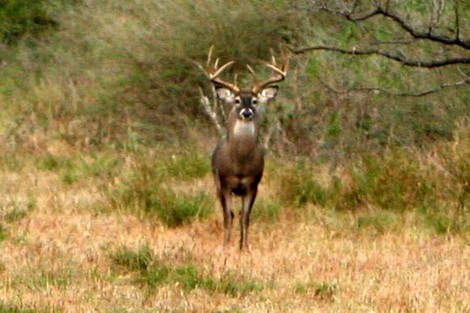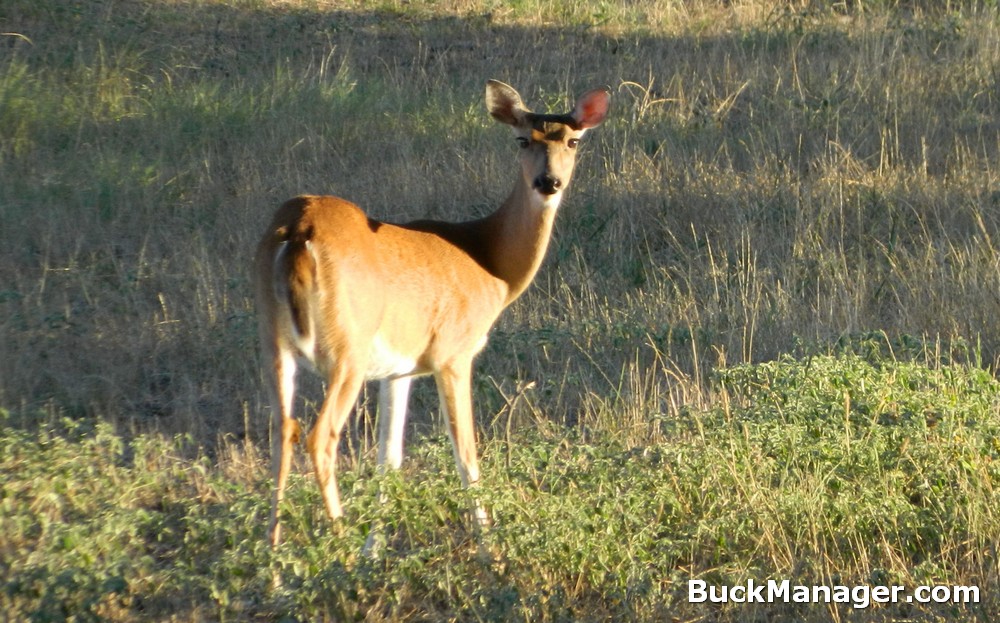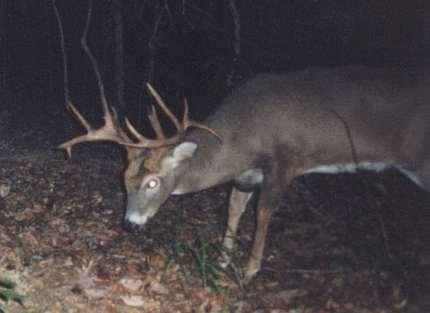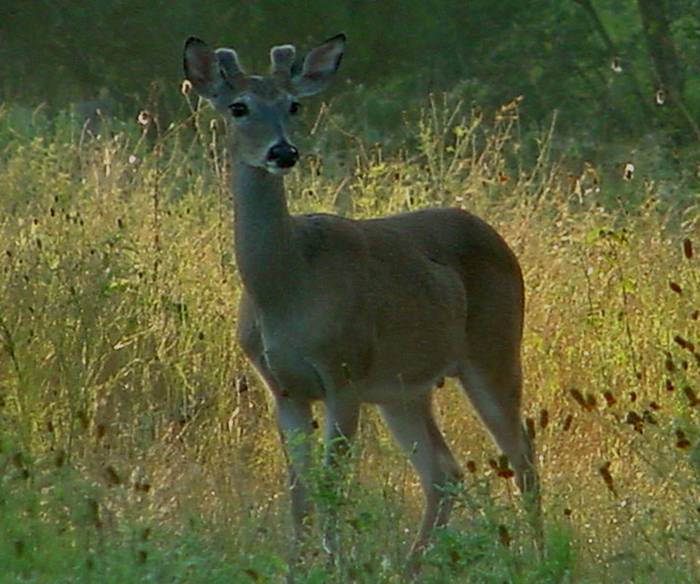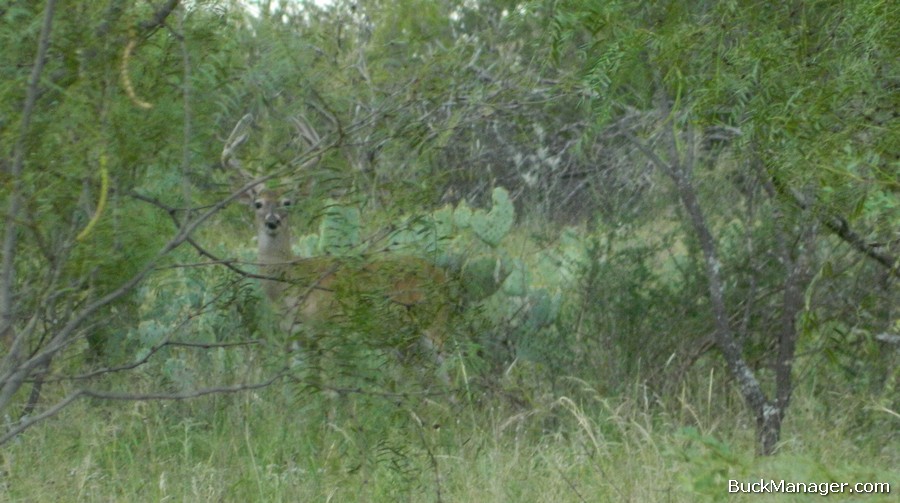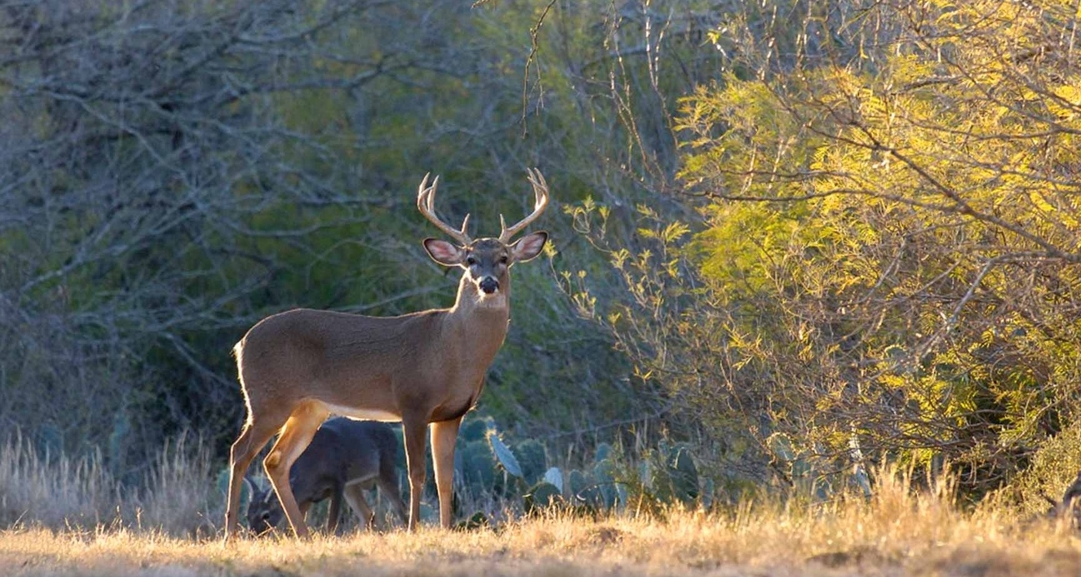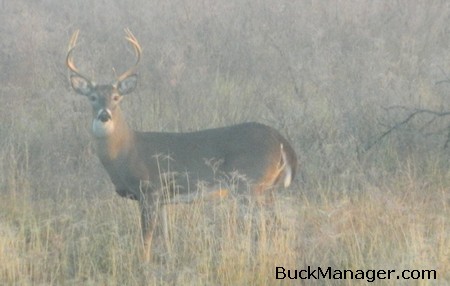Best Time for Hunting Whitetail?
After each season, we as hunters must wait the better part of a year before we can head back out deer hunting. This built up anticipation, fueled by a treasure trove of game camera photos, drives optimistic hunters to the woods in mass, each in search of a heavy-horned buck.
As it turns out, deer respond to that increase in hunter activity by changing their behavior and movement patterns. To seasoned hunters this does not come as a complete surprise, but there are management implications that impact local whitetail populations. So hunter activity not only affects our hunting efforts, but also our effort to management deer.
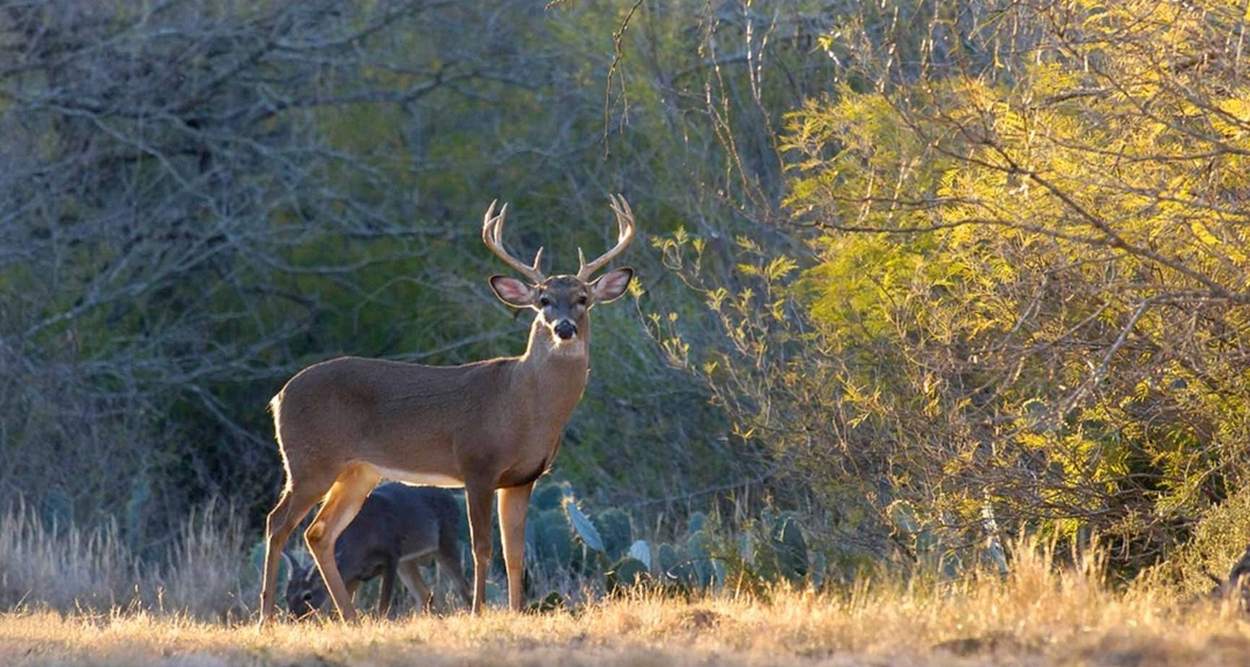
Anyone that has ineffectively attempted to hunt a specific buck knows what pressure does to a deer. After getting bumped from a bedding area, detecting a strange smell around a feeding area, or noticing anything abnormal in its core area, a seasoned buck will immediately change when and where it moves.
This change may be short-lived or long-lasting. It really depends on the level of intrusion and the demeanor of each individual buck on the response, but we know there is a response. Behavioral changes caused by hunters/hunting pressure also decreases your chance for success, and it goes for does, too.
Early Season Deer Hunting is Tops
Source: “Deer season is upon us. Surveys are being conducted. Deer cameras are being set. Managers are making harvest recommendations from these data. But let’s be honest, hunters across the country are more eager to hit the woods in search of that trophy buck than to spend time on reviewing harvest recommendations.
As part of most management programs, doe harvest is an important component that needs just as much attention as trophy bucks. Hunters see doe harvest as an inconvenience. Therefore, most hunters put off doe harvest until late in the season after they have had sufficient time to fill their buck tag. This, however, could cause hunters to fall short of their overall harvest goals.
Researchers from the Noble Foundation and Mississippi State University designed a study to address many aspects of deer behavior as it relates to hunting pressure. During the 2008 and 2009 deer rifle season, landowners and volunteer hunters from the community were invited to participate in a two-year study to determine how hunting pressure affects observability and harvest susceptibility of white-tailed deer.
No archery or primitive rifle hunting was allowed prior to the study. Thirty-seven adult bucks (≥2.5 years of age) were equipped with GPS collars across the Noble Foundation Oswalt Road Ranch. Hunters were assigned to compartments at a high hunter density (one hunter per 75 acres) or a low hunter density (one hunter per 250 acres).
From this study design, researchers determined how hunter density and duration of the hunting season influenced observation rates of white-tailed deer.
Hunter observation rates of collared bucks were highest during the first weekend of the deer-gun season in both the low and high hunter density areas, but as the hunting season progressed, observation rates declined along with the movement of deer. The number of observations of collared bucks in both the low and high hunter density areas declined by greater than 60 percent across the 16-day deer-gun season.But what about does?
Hunters also collected observation data on does throughout the season and found similar trends. Observation rates were greatest the first weekend of hunting and declined across the low and high hunter density areas as the hunting season progressed.
Overall, deer modified their behavior to avoid hunters by moving less and using security cover, which made observation by hunters more difficult. Early in the season, hunters had greater success observing deer at higher elevations on the ranch where vegetation was relatively short and woody cover was sparse. Late in the season, deer chose areas that were more densely vegetated – areas with greater woody cover or along riparian corridors.
On properties with similar hunter densities, these results might explain decreased observation rates to hunters, and illustrate why it is important to adjust timing and intensity of harvest to help achieve population management goals. If you are like most hunters and feel that meeting population management goals is an inconvenience, consider harvesting does earlier during the season. And the more time you spend in the field, the greater your overall chances of meeting population management goals.”
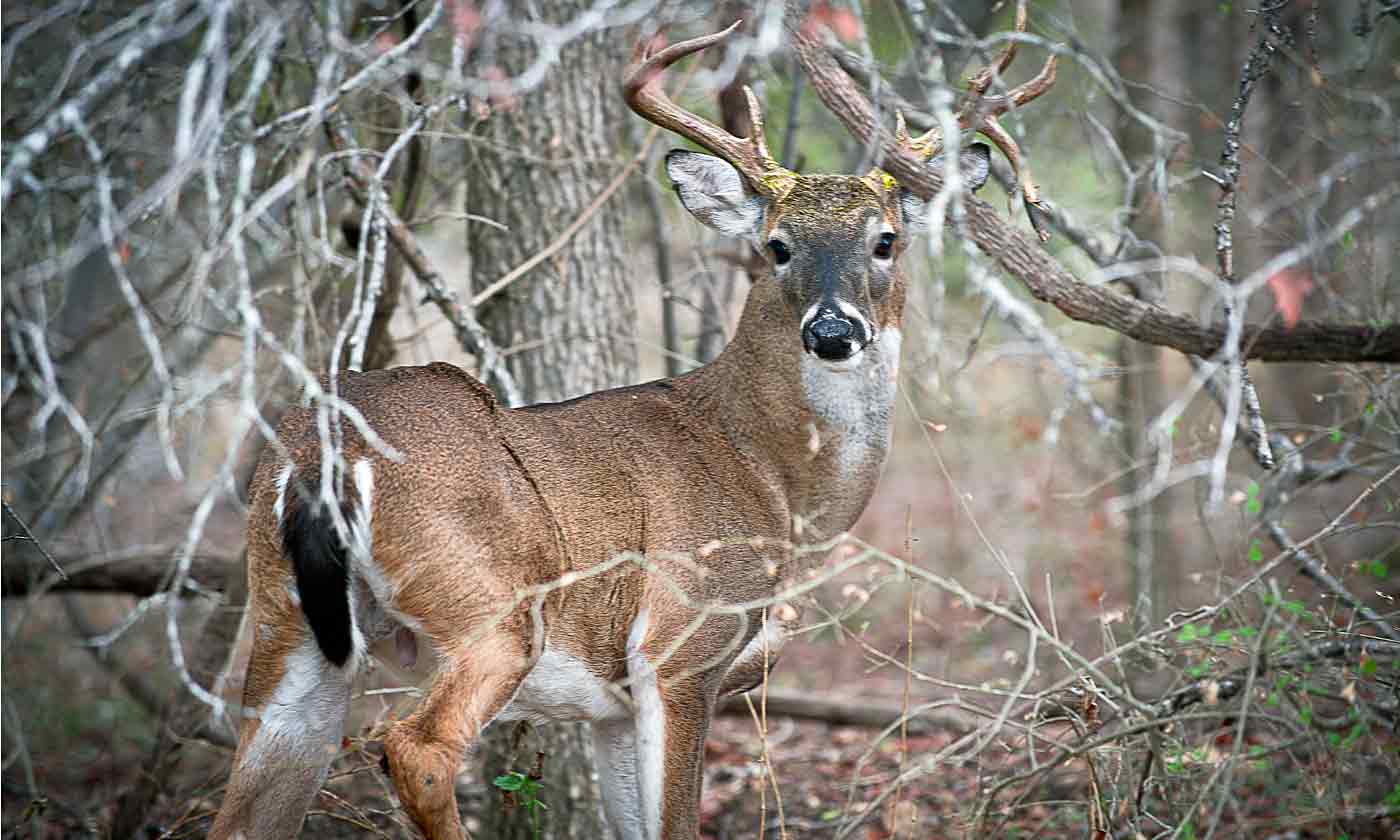
Best Time to Deer Hunt: Start Early
In short, it’s best if a hunter has access to a really large parcel of land with no other hunting pressure. Since this is rarely the case, the take home message for hunters is to take advantage of your hunting time early during the deer season. Research has found that early in the season is the best time to hunt deer. White-tailed deer will be much more visible. If you need to reduce the doe herd, do so early and avoid the urge to wait.
Deer hunting during the early season allows hunters an opportunity to achieve harvest and deer management objectives, with time on your side. An early start also gives you a great shot at your “hit list” buck. Otherwise, the animals you are hunting will be even more difficult to find as the season progresses.
